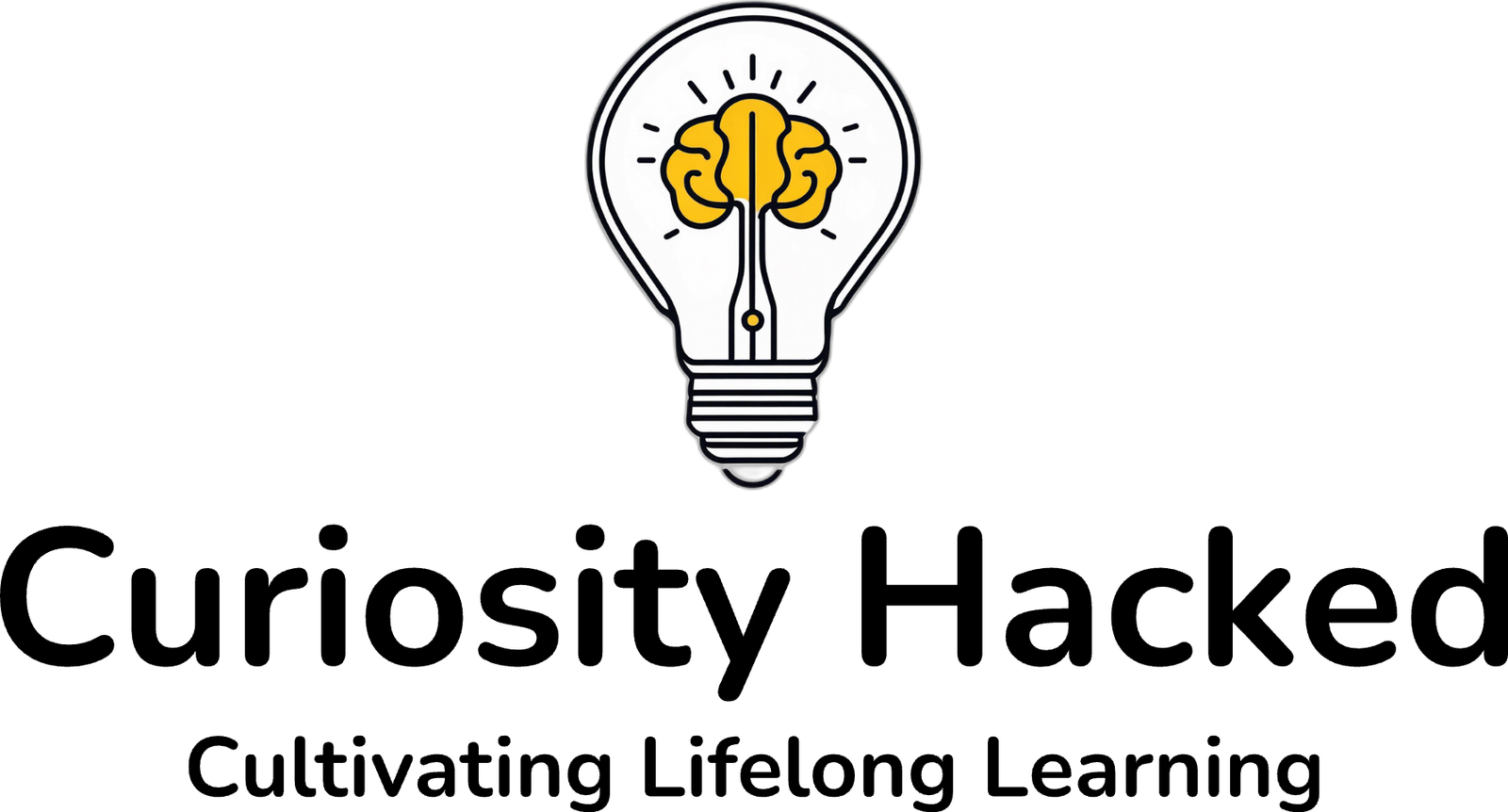Setting up a learning cycle can be key to success and help you define your goals while also assisting you in planning where you want to be and keeping you on track to take the steps you need to take to get there.
In this guide, we go through steps 4-6 of the efficient learning cycle, which are planning, extraction, and summarizing, and answer your questions on what this means when you apply them to your learning. Let’s jump straight in.
Step 4- Planning
How Do You Deal With Deadlines, And Why Are They Important?
Step 4 is all about estimating and managing time and setting and sticking to those deadlines. Deadlines are one of the most important aspects of any project or course you undertake, whether for work or school.
They give you something to aim towards and an incentive to keep going, but how do you deal with deadlines if you struggle with time management?
If you have no idea how long things will take, you’ll never know when you should start working on tasks or stop.
This lack of knowledge could lead to a lot of wasted effort and missing out on opportunities because you didn’t use them when they were available.
If you’re struggling with time management and dealing with deadlines, here are some tips to help you plan better and stay focused.
- Start small. Setting yourself a deadline might seem daunting, but setting smaller ones first will help you build momentum and confidence in your ability to meet larger targets.
- Set realistic expectations. When you set yourself a goal, don’t expect to achieve it overnight. Be honest with yourself and admit that you may not complete everything you’ve planned within the time frame you’ve given yourself if this time frame is too tight.
- Prioritize. Make sure you only focus on completing the most urgent items first. Once you’ve finished those, move on to the next highest priority.
Step 5- Extraction
How Many Hours A Day Should You Read?
This depends entirely on your personal preference. Some people prefer to spend their entire day reading, while others find that reading takes too much of their time, and they’d rather learn from other sources such as videos, podcasts, articles, etc.
The main thing to remember is that whatever works best for you, stick to it! This is how reading will benefit your efficient learning cycle.
Does Reading Make You Smarter?
The short answer is yes. Research has shown that reading improves cognitive skills such as memory, attention span, problem-solving, creativity, and critical thinking.
However, the amount of time spent reading doesn’t necessarily correlate with improved intelligence. For example, individuals who read less than 10 hours per week scored higher on IQ tests than those who read over 30 hours per week.
So, while reading does improve your brain, it’s not always the case that spending more time reading makes you smarter.
How Can I Improve My Reading Speed?
There are many ways to increase your reading speed. One way would be to practice reading aloud. By reading aloud, you can hear the words being spoken, and this helps you understand what you’re reading faster.
Another way to improve your reading speed is to get rid of distractions. Turn off your phone, put away your laptop, close your browser tabs, and block social media sites so that you won’t be distracted by anything else.
Should You Read Without Subvocalizing?
Subvocalizing means speaking the words silently to yourself. While subvocalization helps memorize vocabulary, it’s not recommended for improving your reading speed. Research shows that subvocalizing slows down your reading speed.
Step 6- Summarization
Note-Taking: What is Effective Note-Taking?
In summary, effective note-taking requires you to take notes in an organized manner. You need to organize your notes into categories or sections to do this effectively.
Then, once you have all your information organized, you should write out summaries of each section. Finally, you should review these summaries before moving on to the next topic.
Is the Cornell Method Effective?

The Cornell method is a great tool for organizing your notes because it allows you to create different types of outlines based on your lessons and will enable you to quiz yourself over the semester to improve long and short-term memory.
The system requires students to set up their notebooks the same way for each day’s lesson and will contain three components, including in-class notes (short, concise notes), a cue column (questions about the lecture to quiz yourself), and a summary section (main takeaway points of the lecture).
Chunking Technique: Why Are Small Chunks Good For Learning?
Small chunks are good for when it comes to learning because they allow you to focus on one concept at a time. When you study small chunks, you’ll be able to retain the material better and make connections between concepts.
This also works well if you want to learn a new language. Since most languages use grammar rules rather than spelling, studying smaller chunks will help you remember the structure of the language.
What Is Chunking In Terms Of Memory?
Chunking is one of the most powerful techniques used in memory improvement. It involves breaking large amounts of information into smaller chunks, which increases the chances of remembering them later.
For example, if you were studying a list of names, instead of writing down every single name, you could simply write down the first letter of each name.
This technique works well when you want to remember something like a telephone number, but it also works well for learning lists of items.
What Is Miller’s Theory?
Chunking was invented by George A. Miller in his paper called ‘The Magical Number Seven, Plus or Minus Two: Some Limits on our Capacity for Processing Information’. Miller, through his research, found that short-term memory was limited.
He claimed people could retain seven plus or minus two items only of information in the short-term working memory at one time. However, long-term memory stores an unlimited amount of information.
Because of this capacity, short-term memory is the bottleneck of working memory. If we can only remember seven items at once, then there are limits on how much can be transferred to long-term memory.
These restrictions make chunking information into groups or smaller units extra important to make those seven items as large as can be.
Visualization Techniques: What Are Visualisation Exercises?
Visualization exercises are a type of mental exercise where you imagine yourself doing something. These exercises help you visualize the steps involved in completing tasks. They can be very useful tools for learning new things or practicing skills.
For example, if you wanted to learn how to play tennis, you could use visualization to train your brain to associate tennis with certain movements.
If you were to picture yourself swinging a racquet back and forth, you might find that your mind begins associating tennis with this motion.
Can You Learn To Visualize?
Yes! Although some people have a natural talent for visualizing, everyone can develop their ability to visualize. There are several ways to practice this skill. One way is to take a look at what other people do.
Watch videos online to see how they move their bodies and try to imitate these actions. Another way is to watch movies or TV shows and pay attention to the actors’ body language. Try to figure out what they’re thinking and feeling while watching them.
Flow Chart: How Do You Create A Flowchart?
To create a flowchart, you must break down a complex process into its basic parts. A flowchart can help you identify the main elements of a task and then determine how they relate to one another.
Once you’ve identified the main elements, you’ll be able to see how they work together to achieve the overall goal.
Concept Diagram: How Do You Explain A Concept Diagram?
A concept diagram is a visual representation of a concept. It’s often used as a teaching tool to explain concepts to others. It is a means of communicating and representing a concept in a graphical illustration as opposed to drawing actual structures.
Is A Concept Map A Graphic Organizer?
Yes, a concept map is a type of graphic organizer. A concept map appears as a web with multiple arrows that connect each circle.
It is mainly used when identifying the main concept and sub-concepts and can visually illustrate information in a hierarchal order and help organize thoughts.
How Do You Create A Concept Design?

The first step in creating a concept design is to brainstorm ideas. Brainstorming involves coming up with lots of different ideas about a topic. The more ideas you come up with, the better.
Once you have a list of ideas, sort them into categories based on similarities. For example, if you’re designing a website, you might group similar ideas under the same category.
This helps you narrow down your options and makes it easier to choose which idea to focus on next.
Once you have a list of categories, start by listing all the possible ideas within those categories. Then, go through each item and write down why it would be good to include it in your project. Finally, combine the items that seem most important together in a single document.
Mind Mapping
What Is Mind Mapping?
In terms of memory, mind mapping is a great technique that helps you understand and recall information by creating visual representations of ideas.
It is a good strategy for learning new material since it enables you to quickly grasp any subject’s key points and visually present them on one page.
The best part about using mind maps is that they’re easy to make. All you need to do is draw out an outline of the topic you’re trying to study and then fill in all the relevant details with arrows coming from the middle of the outlined topic.
What Are The Benefits Of Mind Mapping?
There are many benefits associated with mind mapping. Some include:
- Improves memory retention.
- Helps you better organize information.
- Allows you to focus more easily.
- Makes studying easier.
- Creates a sense of accomplishment.
- Can be used as a creative outlet.
- Helps prevent procrastination.
- Increases productivity.
- Helps students remember important facts.
- Is fun!
Final Thoughts
We hope this article has answered your questions about efficient learning cycles and what steps 4-6 entail.
Steps 4-6 are all about how you plan, extract and summarize information, and if you follow the tips we have provided in this article, such as using the Cornell Method for taking notes and incorporating mind maps into your study sessions to help with memory retention, you should see positive progress and results in your learning in no time!







